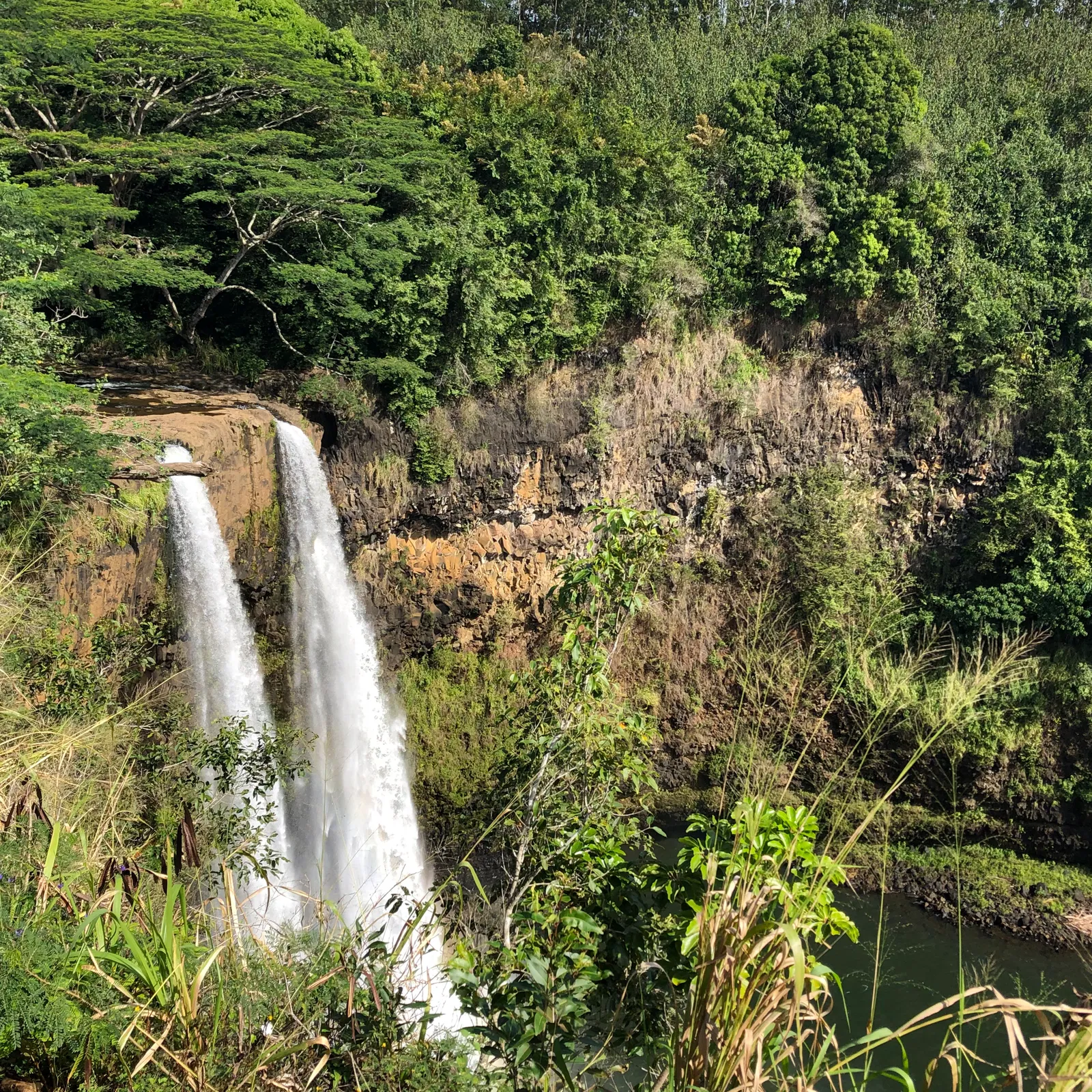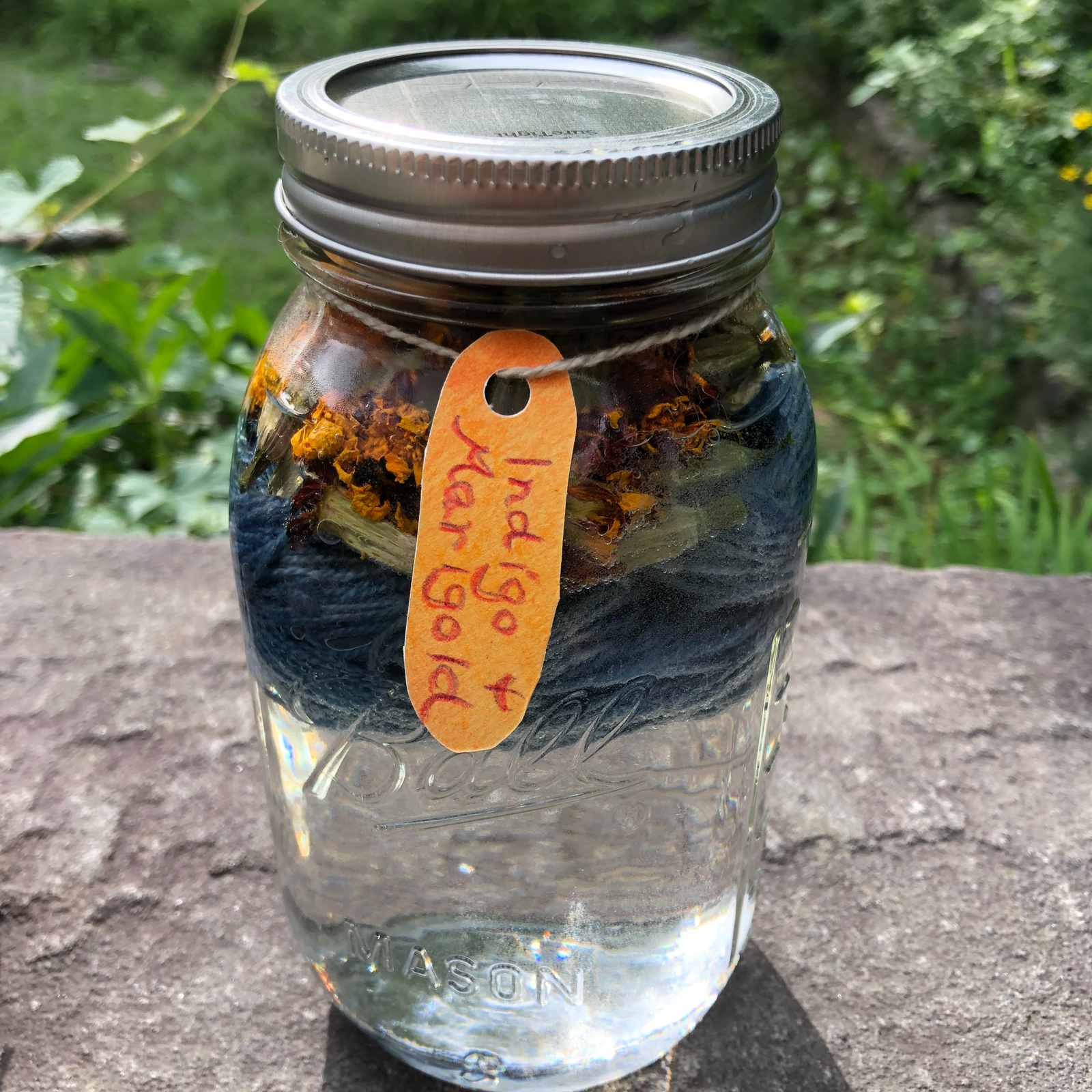- In Waldorf, Human Anatomy & Physiology is done in grades 7 & 8.
In Montessori, this is called The Great River, is presented initially as The Sixth Great Lesson and, like all of the Great Lessons, is presented three years in a row in a mixed age 6-9 year old classroom (grades 1, 2, and 3).
We are using the Montessori Great River analogy and nomenclature from ETC Montessori, but we are creating Waldorf main lesson books.
I am doing this in a mixed age class in my homeschool co-op, ages 7 to 13.
Day One Story
To start us on our journey, Becca presented the Montessori Third Great Lesson (How Humans Came to Be).
She set out the Human Evolution timeline cards from Clocca Concepts, as well as the six skulls traced from Michelle Breyer's Early Humans book and the four 1/2 gallon jars partially filled with rice we've made to accompany them and to show the increasing size of the human brain.
For every skull she read us some facts about how those early humans lived and what their new accomplishments were as they evolved.
- Ape Skull
Australopithecus Skull
and jar of rice (500 mL)
Homo Habilis Skull
and jar of rice (800 mL)
Homo Erectus Skull
and jar of rice (1000 mL)
Neandertal Skull
Cro-Magnon and Modern Human Skull
and jar of rice (1500 mL)
It is really nice to trace these skulls on tracing paper so that you can overlay them and see how the shape of the skull changes with the enlargement of the frontal lobe.
The Human Evolution cards from Clocca Concepts are well worth buying!!! I received them as a free gift and couldn't be happier. They are much more comprehensive than any other material I've found for kids on this subject, and include an illustration of each hominid above the scientific name -- as well as a map of where the fossils were found -- on the front of the card; plus the full scientific classification of each hominid -- from Kingdom Animalia all the way down to Genus and Species -- and a long paragraph of information on the back of each card.
This set includes
-
7 million years ago - Sahelanthropus tchadensis
6.2 million years ago - Orrorin tugenensis
5.8 million years ago - Ardipithecus kadabba
4.4 million years ago - Ardipithecus ramidus
4.2 million years ago - Australopithecus anamensis
3.9 million years ago - Australopithecus afarensis
3.3 million years ago - Australopithecus africanus
2.7 million years ago - Paranthropus aethiopicus
2.5 million years ago - Australopithecus garhi
2.4 million years ago - Homo habilis
2.3 million years ago - Paranthropus boisei
1.95 million years ago - Australopithecus sediba
1.9 million years ago - Homo rudolfensis
1.89 million years ago - Homo erectus
1.8 million years ago - Paranthropus robustus
700 thousand years ago - Homo heidelbergensis
200 thousand years ago - Homo neanderthalensis
200 thousand years ago - Homo sapiens
95 thousand years ago - Homo foresiensis
Day One Exploration
We ended Day One by playing the "Hunters and Gatherers Simulation Game" from the Homo Erecus section of the Early Humans book. This game is always a favorite in my classes!
Day Two Review & Exploration
We started of course by recalling what we had done on Day One. Then Becca read Norman Bate's When Cave Men Painted, a story which took us to Homo Sapien (Cro-Magnon) times in the Upper Paleolithic, about 17,300 years ago. This book is out of print but well worth tracking down!
We then did the virtual tour of the caves at Lascaux and looked for the cave painting which we had seen in the story. The children were amazed to see it... right there on the walls of the real cave! This is dramatic because it is shown at the very end of the long tour through the twisting tunnels. You're thinking you missed it when BAM! It's right in front of you as clear as day. They've changed this video slightly and I preferred the old version, but it's still good stuff and worth showing to a class.
Main Lesson Book
Students then worked on their drafts of their summaries and illustrations. So that people wouldn't be tearing their hair out trying to accurately sketch a hominid, I made a few suggestions of what could be quick and easy for the illustration side:
- choose one of the Human Evolution cards and make a page of Fast Facts about the hominid you've picked
trace one of the skulls from the Early Humans book and glue it in your MLB with glue dots
make a cave painting using charcoal or earth tone chalk pastels
draw and label the four rice jars showing the growing intelligence of early humans
think back to the Hunters & Gatherers Simulation Game and make a menu of foods that early humans would eat
Day Two Story
I first laid out a long piece of doubled finger knitting I made with Blue Sky Alpacas Organic Cotton Yarn (641 TRUE RED).
I presented the story The Nation of the Great River (download as free PDF). The students close their eyes while they listen to the story, so it's a little different from the other Great Lessons.
After we were done, and I made sure that everyone understood that the Nation was their body, the many inhabitants were their cells, and the Great River was their blood, I laid out buildings from the Grimm's Building Blocks Set along the river. The first and largest was the Castle, where the President (brain) and his Cabinet (nervous system) live. I own the full ETC Montessori set (mute chart and pieces, control chart) but only cut out the building names and the piece which shows the five senses. I found it very effective to lay out different colored buildings with the name beside them (The Department of Nutrition, The Maintenance Department, etc) and have students guess which system of the body each department represented.
Then I told them we would be starting with The Transportation Department, which is the Great River itself... the Circulatory System.


This post contains affiliate links to the materials I actually use for homeschooling. I hope you find them helpful. Thank you for your support!



















































































 Immersive Experience
Immersive Experience Immersive Experience
Immersive Experience






